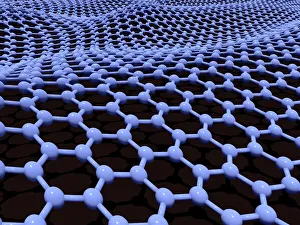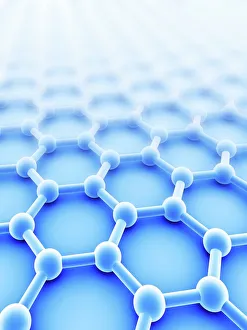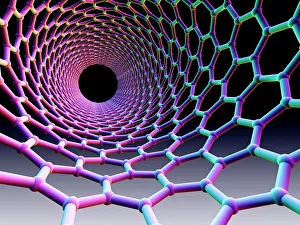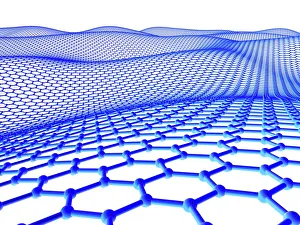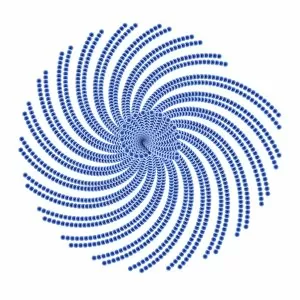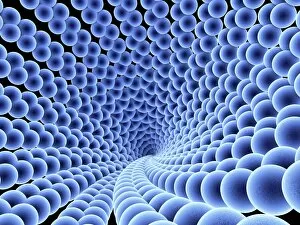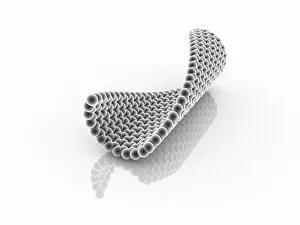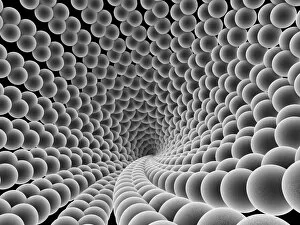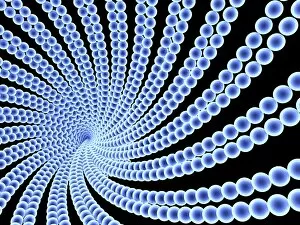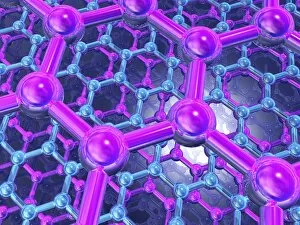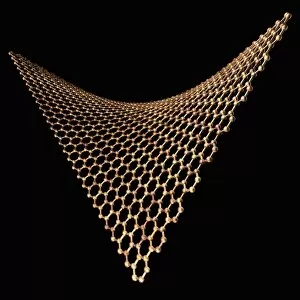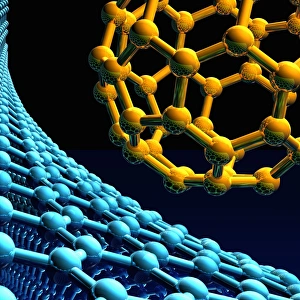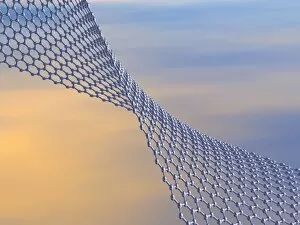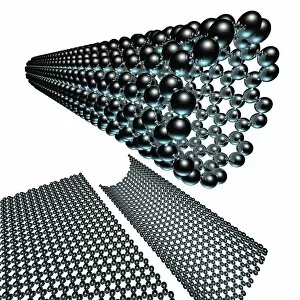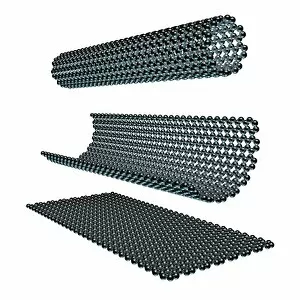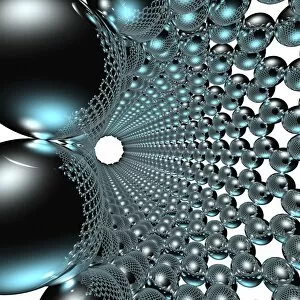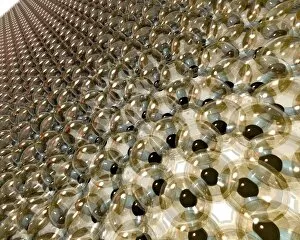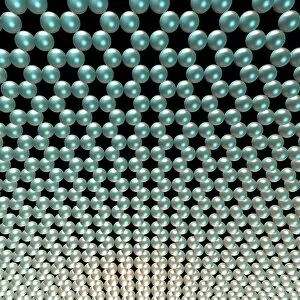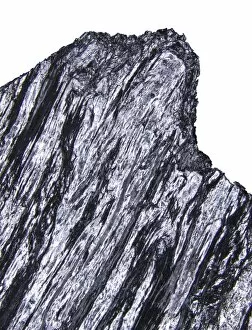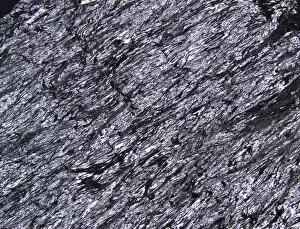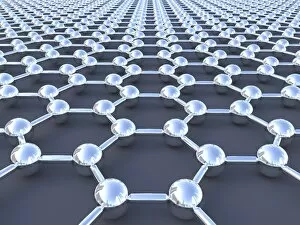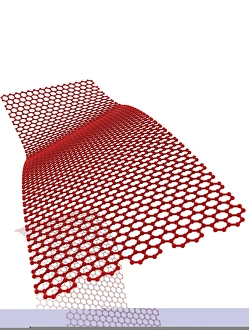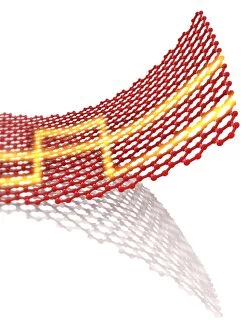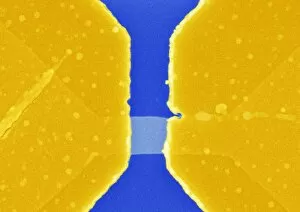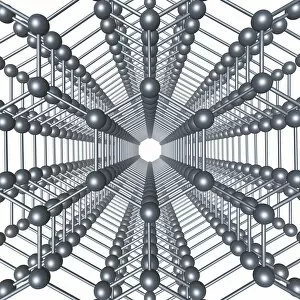Graphene Collection
Graphene, the wonder material of the future, continues to captivate scientists and researchers alike
All Professionally Made to Order for Quick Shipping
Graphene, the wonder material of the future, continues to captivate scientists and researchers alike. This revolutionary substance, represented by its iconic artwork C016 / 8274, holds immense potential for transforming various industries. At its core, a single layer of carbon atoms arranged in a hexagonal lattice structure resembling a honeycomb. Its incredible strength and flexibility make it stronger than steel yet incredibly lightweight. Graphene sheets are particularly fascinating as they possess remarkable electrical conductivity properties that could revolutionize electronics. Intriguingly, graphene shares similarities with another groundbreaking nanomaterial known as carbon nanotubes. Both exhibit exceptional mechanical properties and have sparked tremendous interest in fields like aerospace engineering and energy storage. The artistic representation of these materials through artwork F006 / 7075 showcases their unique structures - from the intricate arrangement of nanospheres to the mesmerizing patterns formed by graphene sheets (artwork F006 / 7085). These visuals serve as a testament to human creativity inspired by nature's wonders. Scientists envision countless applications for graphene; from enhancing solar cells' efficiency to creating ultra-sensitive sensors capable of detecting even the tiniest changes in our environment. Additionally, its potential use in water filtration systems offers hope for addressing global water scarcity challenges. As research progresses further into unlocking graphene's full potential, we eagerly anticipate more breakthroughs that will shape our future. The captivating artwork F006 / 7094 reminds us that innovation lies at the intersection of science and art – where imagination meets reality. With each new discovery surrounding this extraordinary material (graphene), we inch closer towards harnessing its limitless possibilities. As depicted in artwork F006 / 7076 and F006 / 7082 showcasing both nanospheres and graphene sheets respectively – there is an undeniable beauty hidden within these microscopic marvels waiting to be explored. Let us embrace this era defined by scientific exploration where materials like graphene hold promise for a brighter and more sustainable future.

